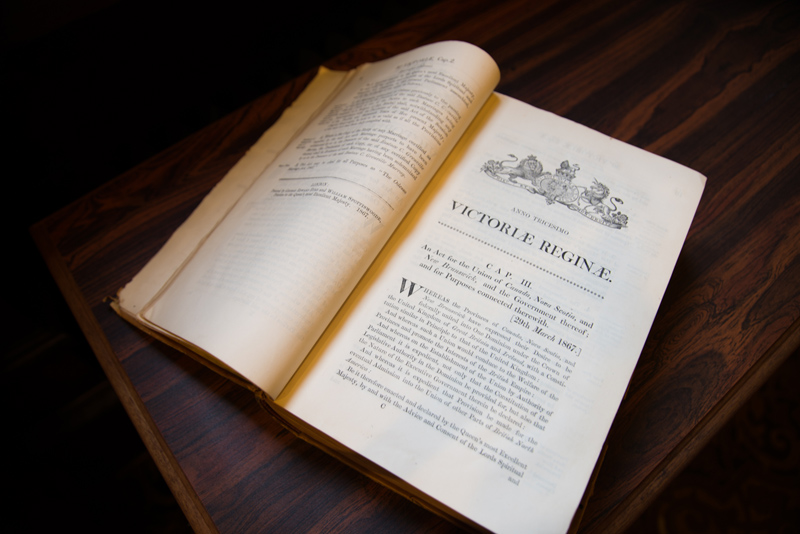The Legislative Assembly of British Columbia is composed of 93 democratically elected officials, known as Members of the Legislative Assembly (or MLAs). The composition of the Legislative Assembly reflects the diversity found amongst the citizens of British Columbia.
The three functions of the Legislative Assembly are to:
British Columbia's Legislative Assembly operates on the same principles of representative and responsible government as the British parliamentary system. This means that the members of the Executive Council, also known as Cabinet, are accountable to the Legislative Assembly. British Columbia is divided into 93 constituencies (also known as ridings) that each elect an MLA to represent them. Together, MLAs from the government and opposition parties, as well as Independent Members, make up the Legislative Assembly.
Prior to the introduction of the party system, the Lieutenant Governor would call upon the MLA who appeared to be able to gain and maintain the confidence of the largest number of Members to form a government. This MLA would be appointed as Premier by the Lieutenant Governor and the Premier would in turn recommend to the Lieutenant Governor that a handful of MLAs be appointed to Cabinet. Governments and Premiers changed often since the interpersonal and political relationships among MLAs would shift and vary over time, prompting the Assembly to oftentimes withdraw its support for the Premier. Indeed, the province had almost as many Premiers before 1903 as it has had since.
With today’s political party system, the Lieutenant Governor usually calls upon the leader of the party with the most seats in the Legislative Assembly to form a government. The leader of that party becomes the Premier, and on their advice, the Lieutenant Governor will appoint a Cabinet.

